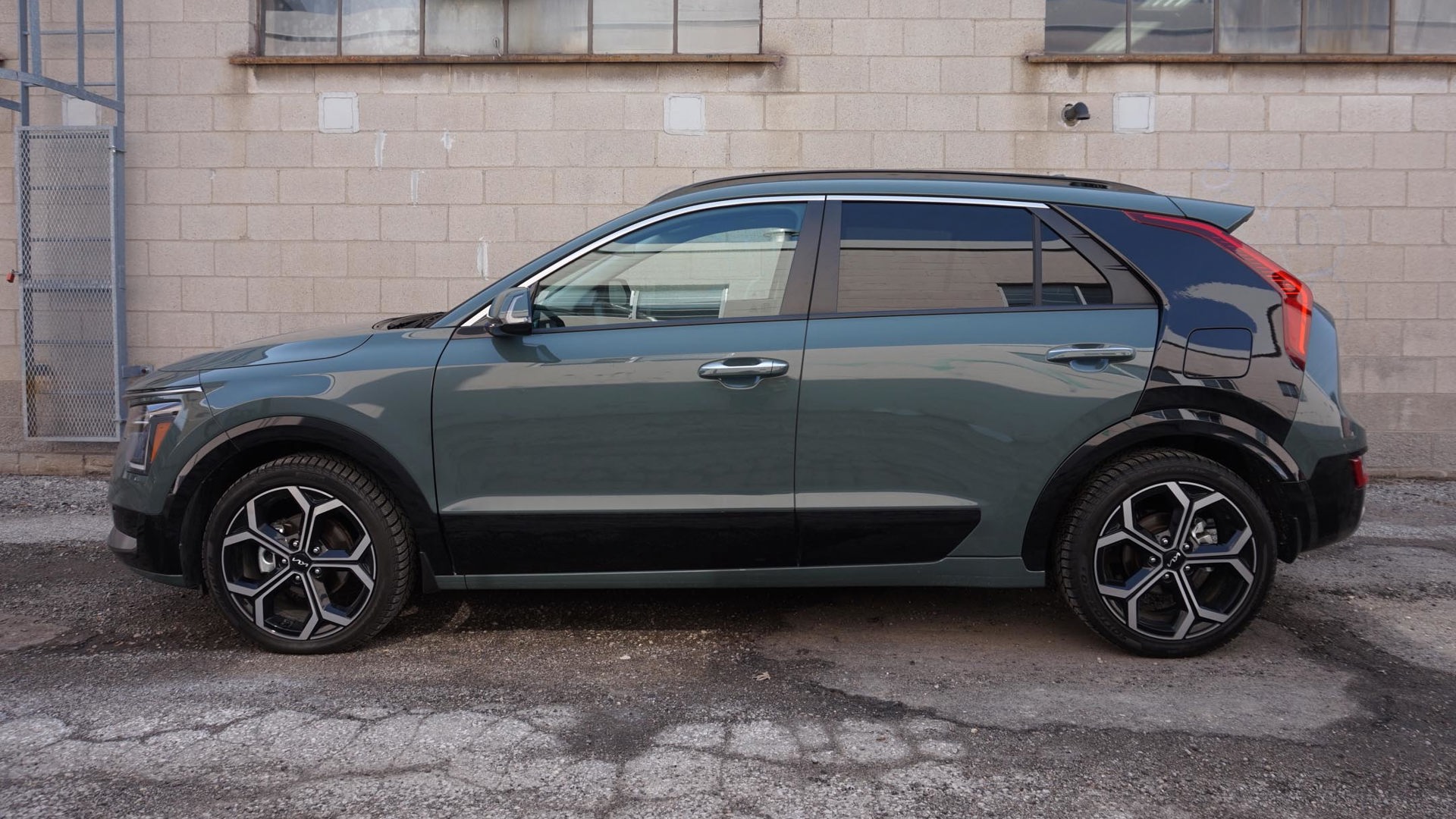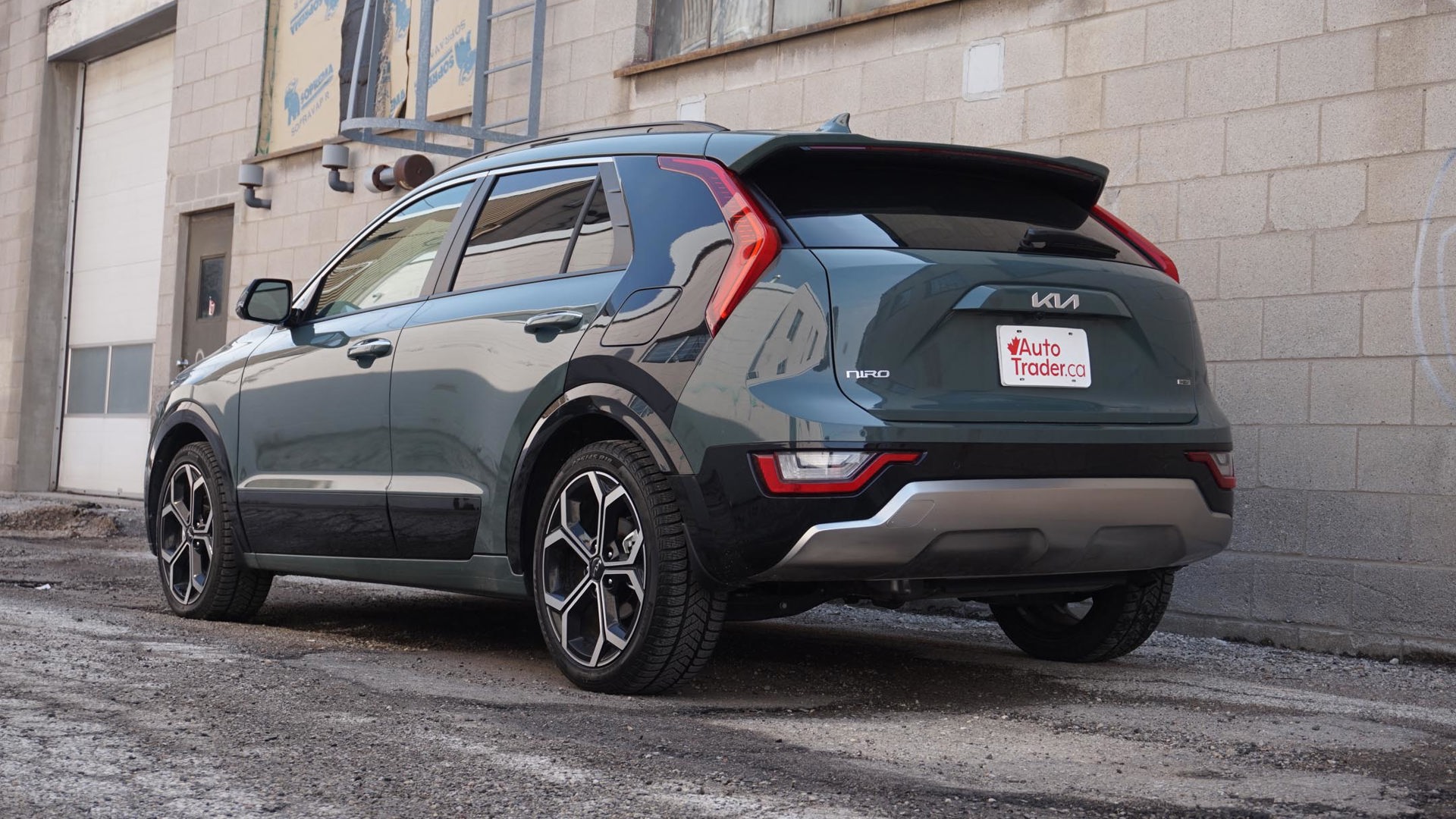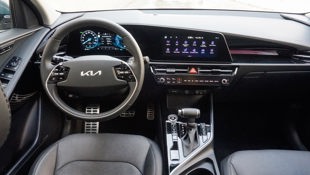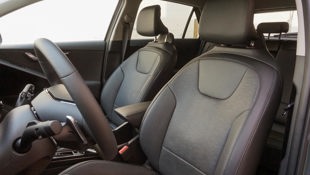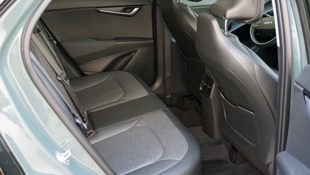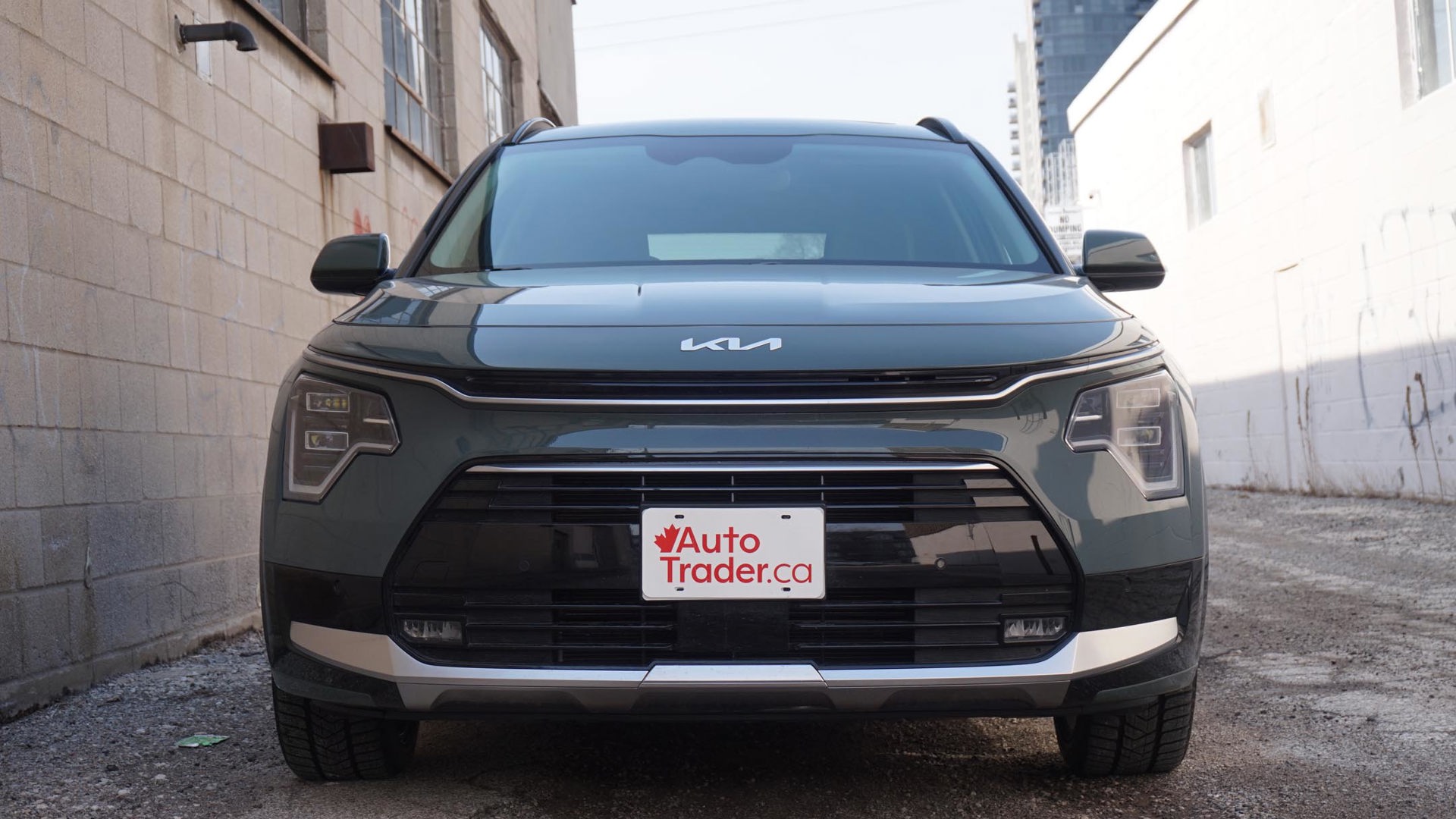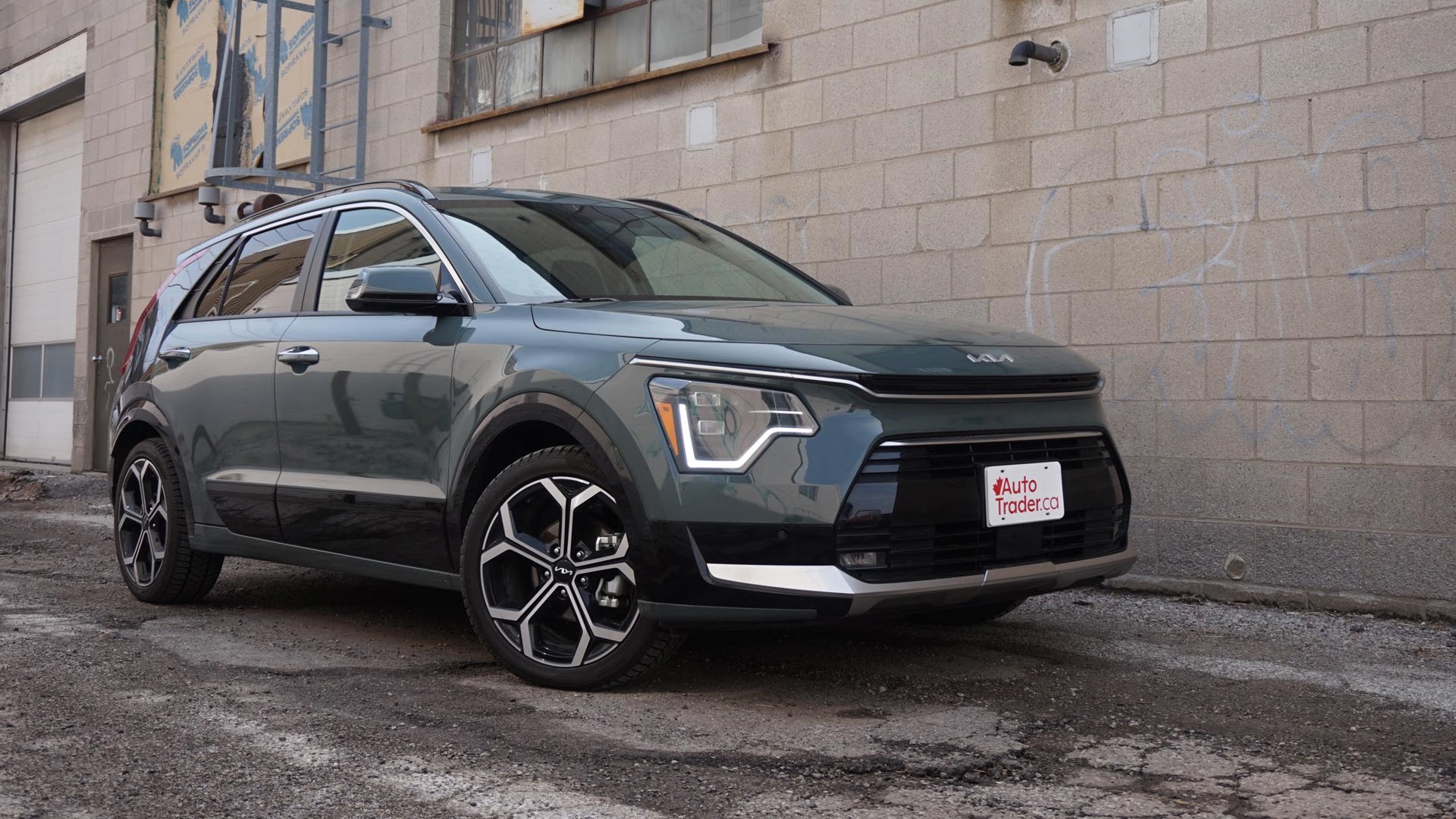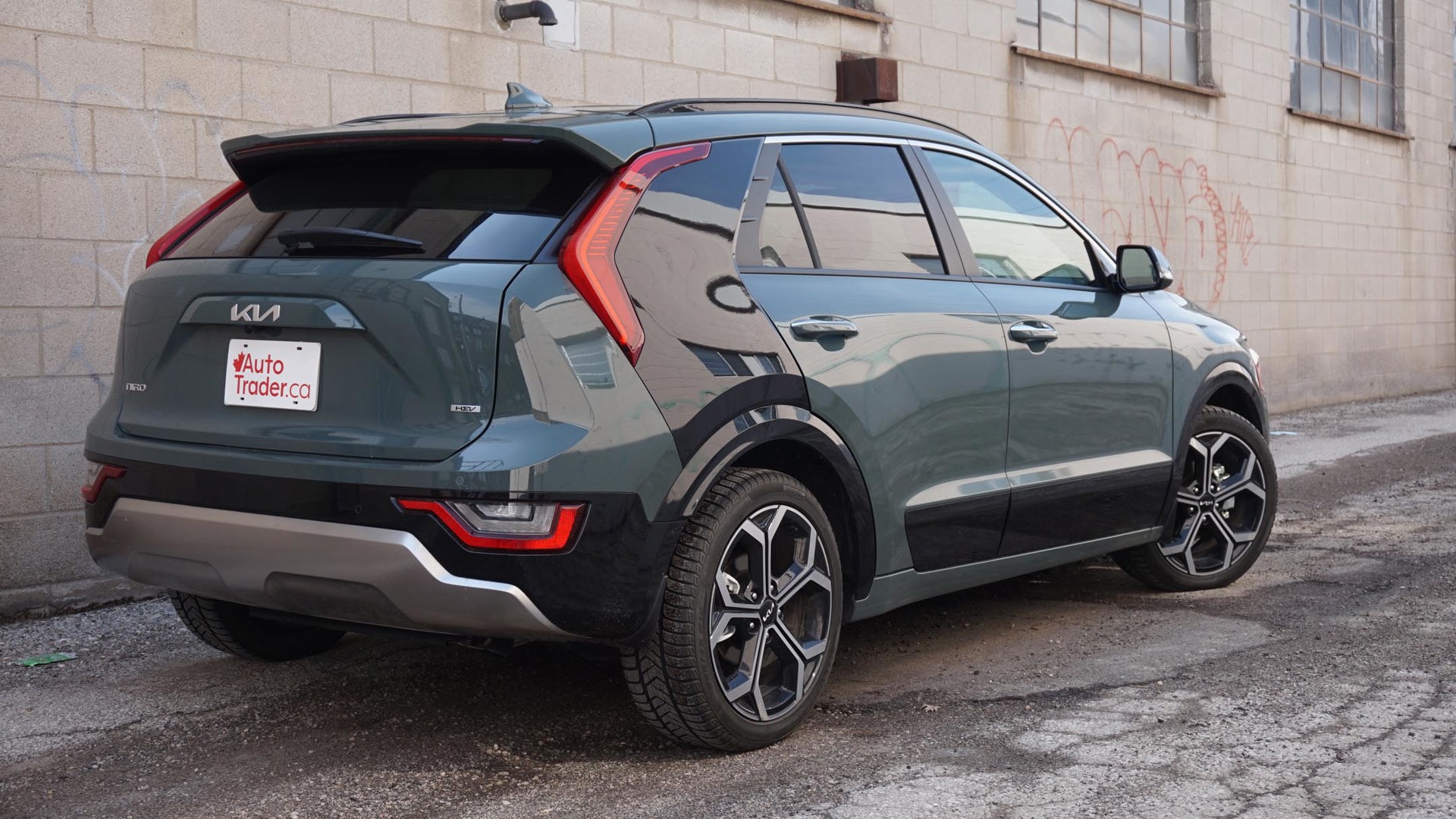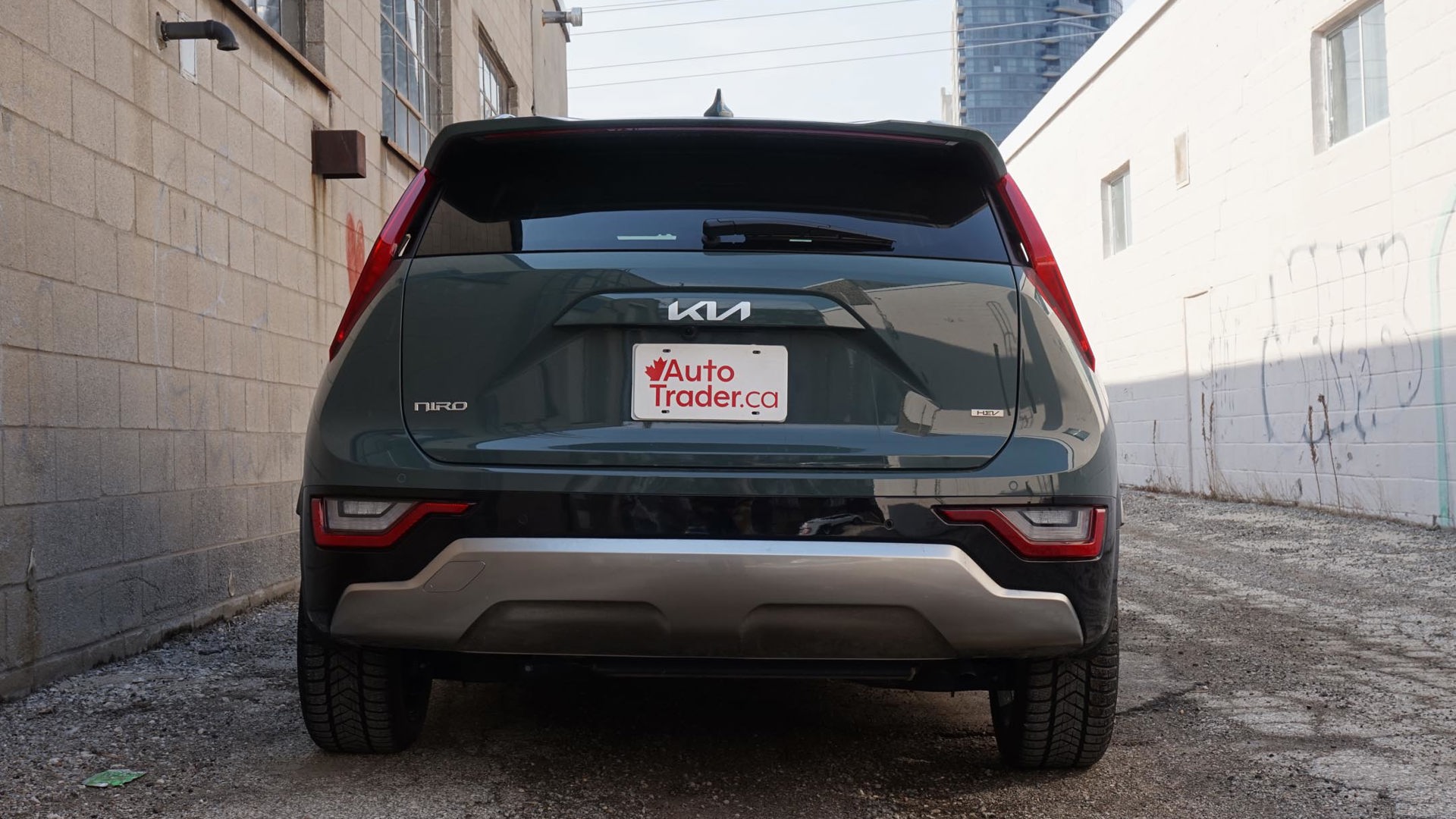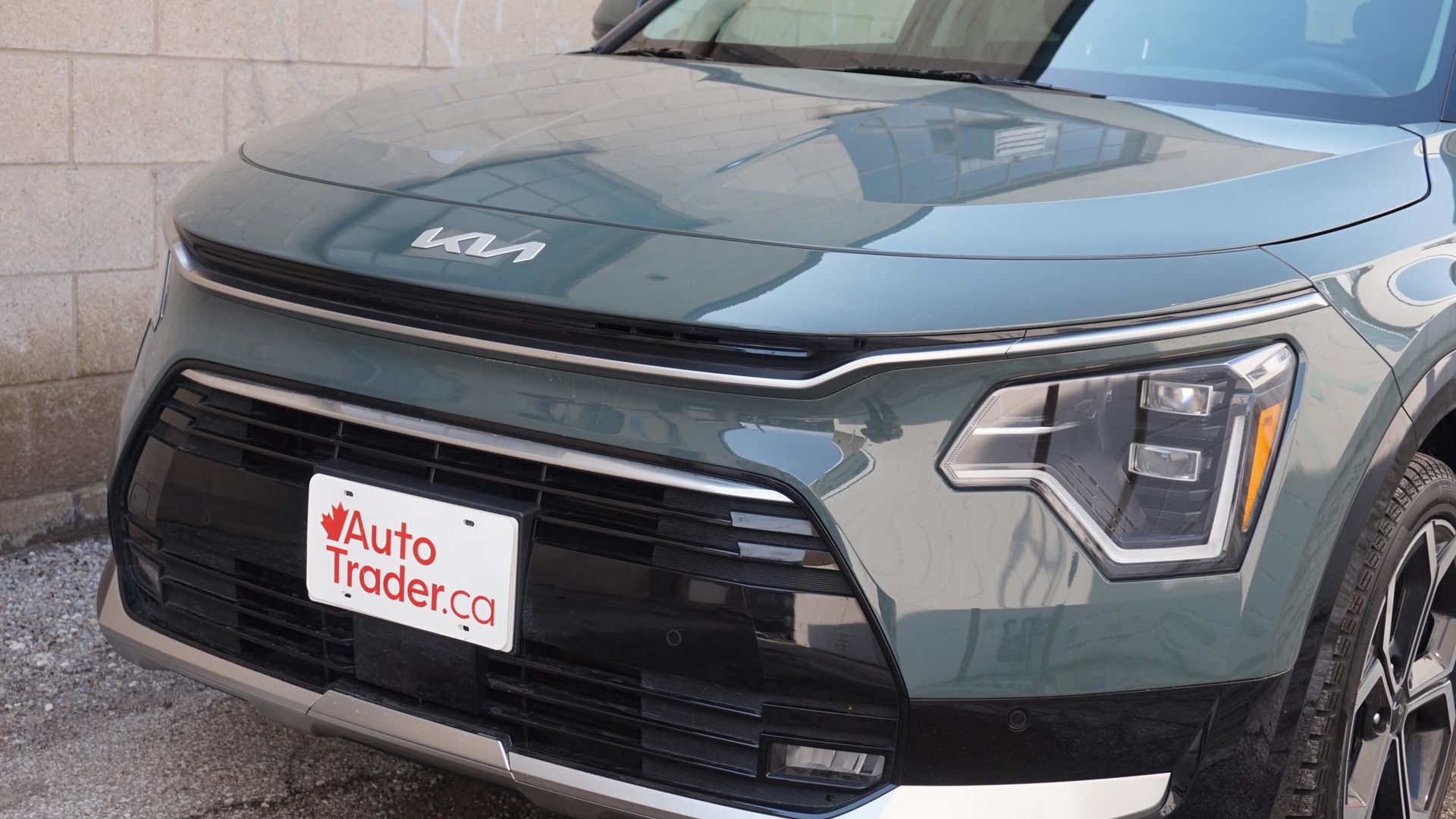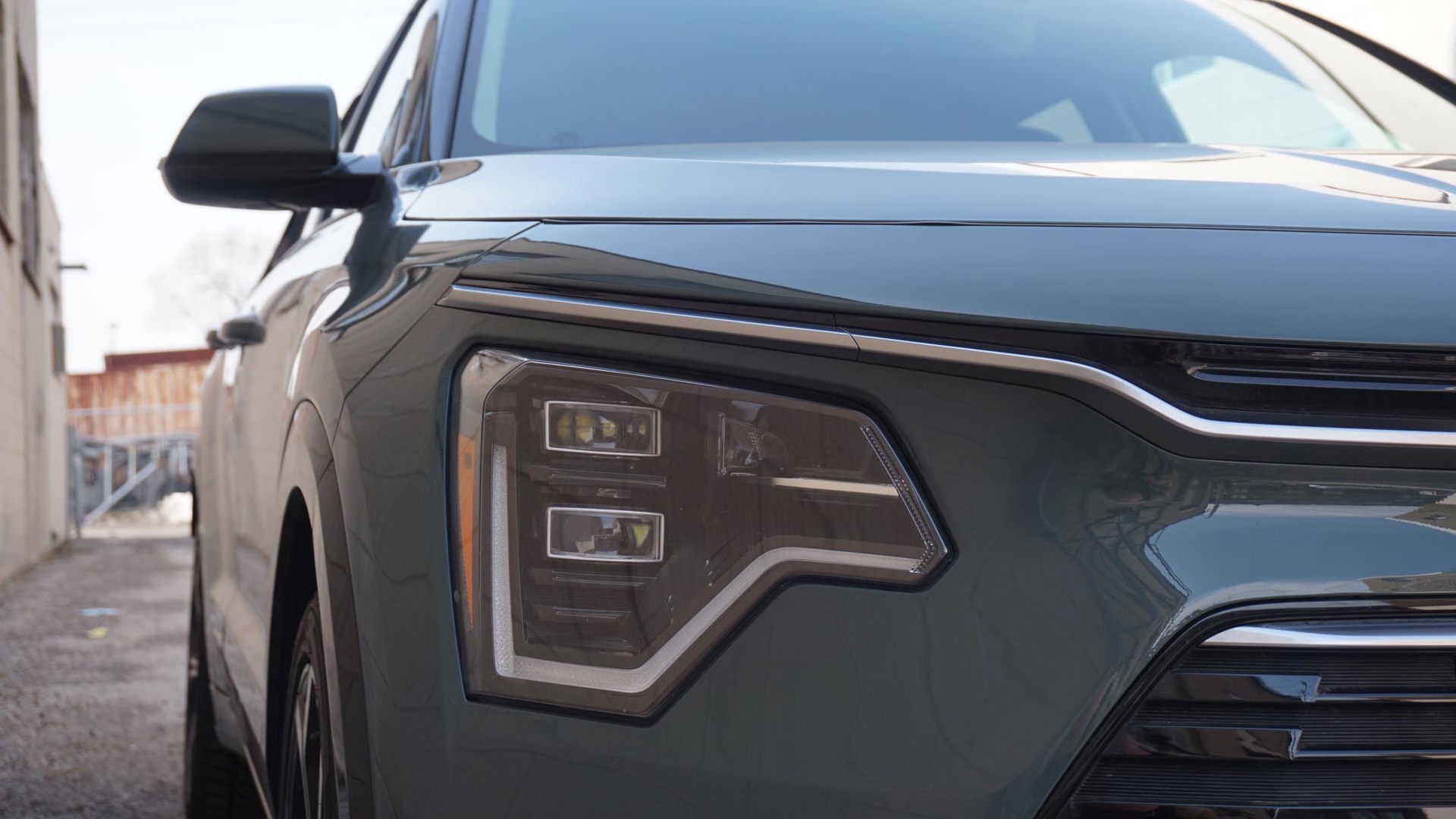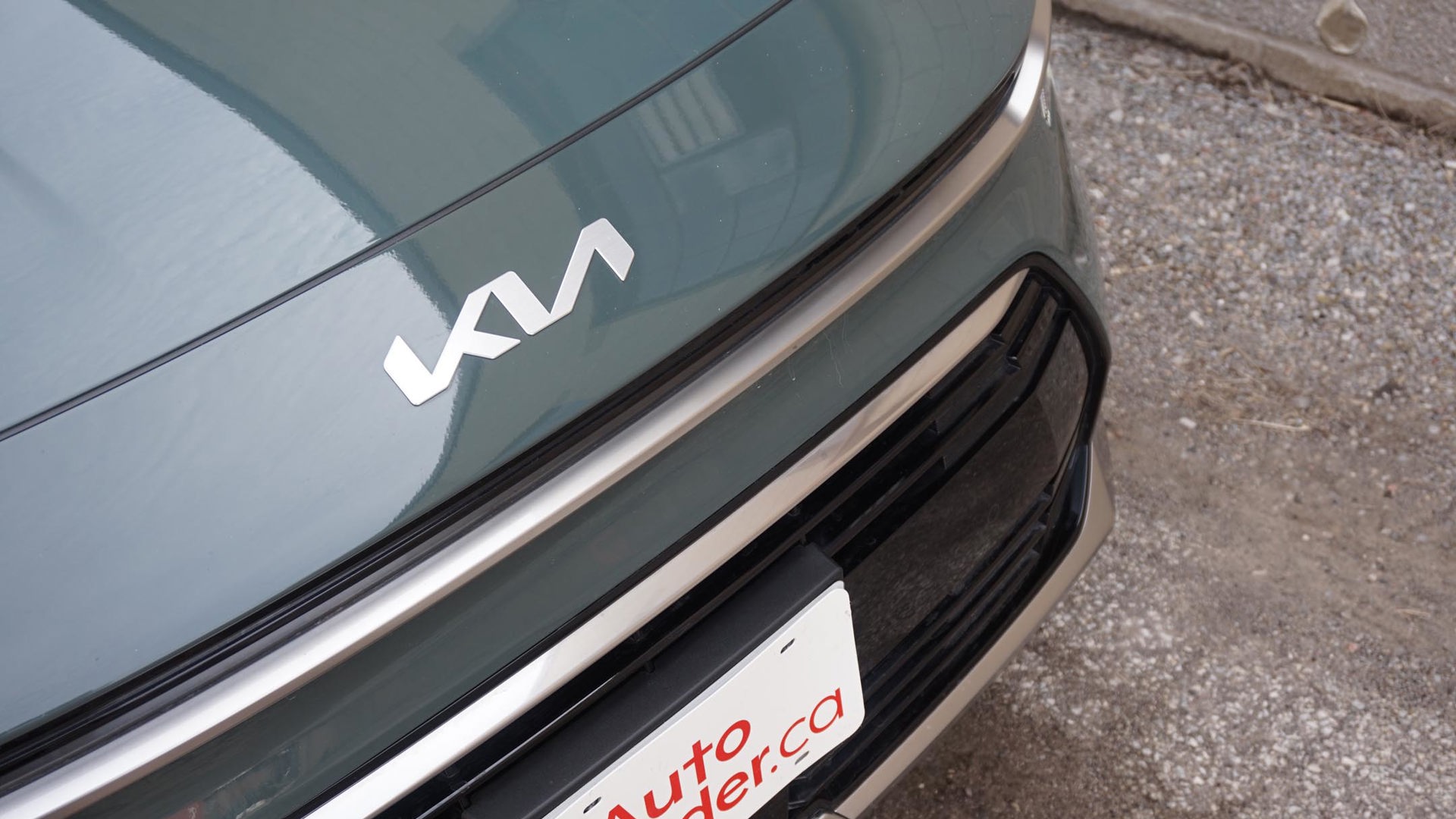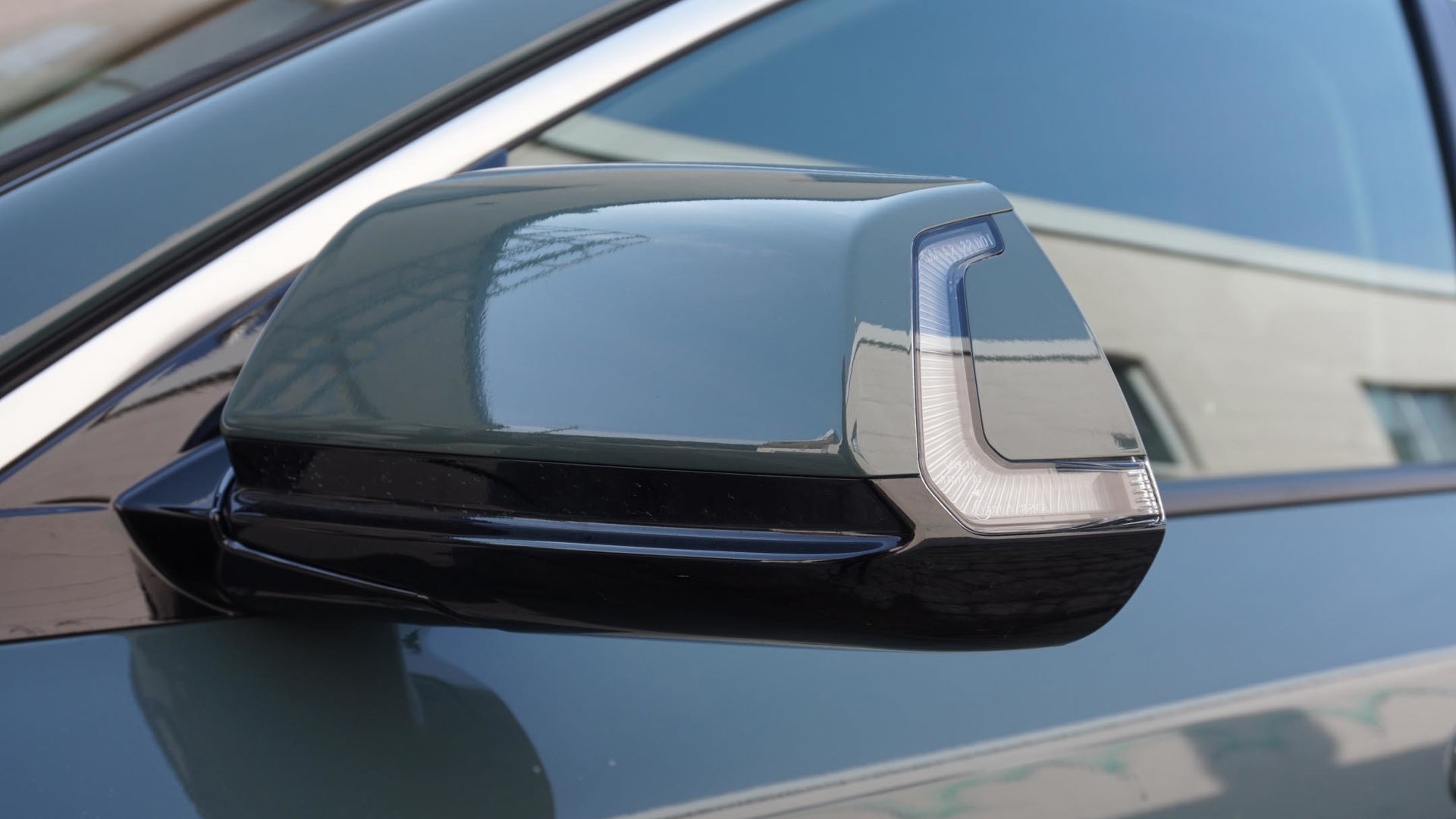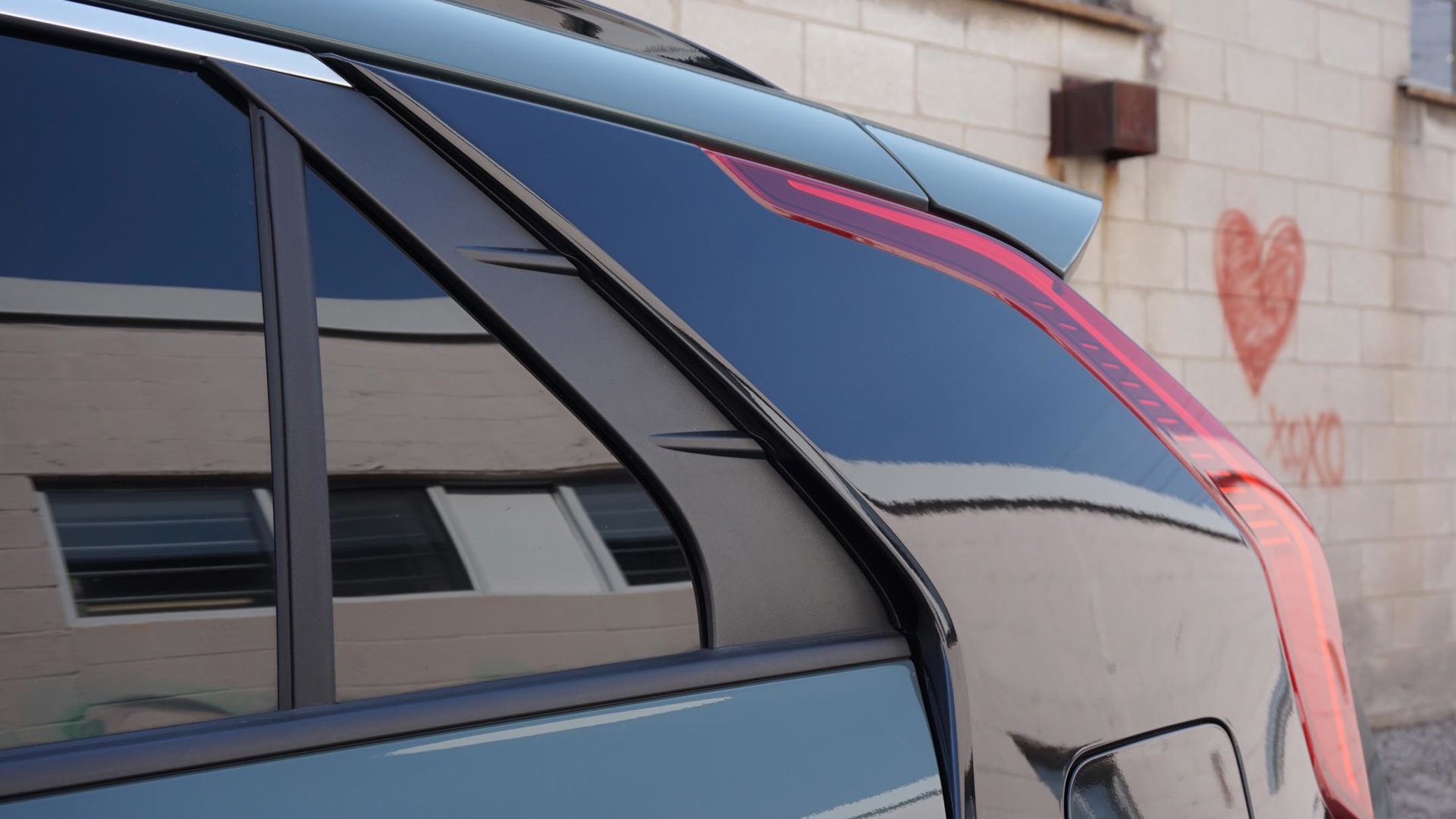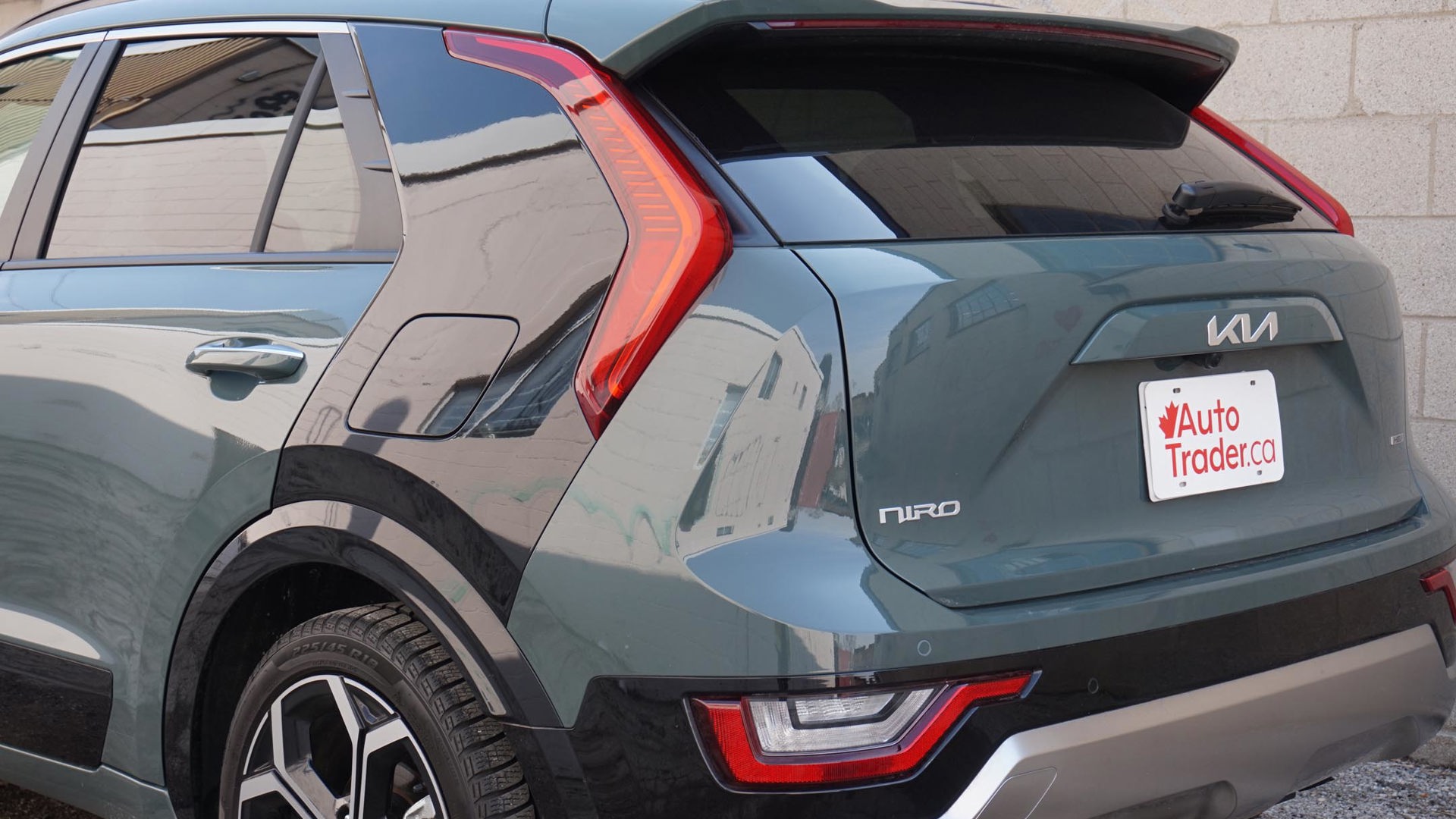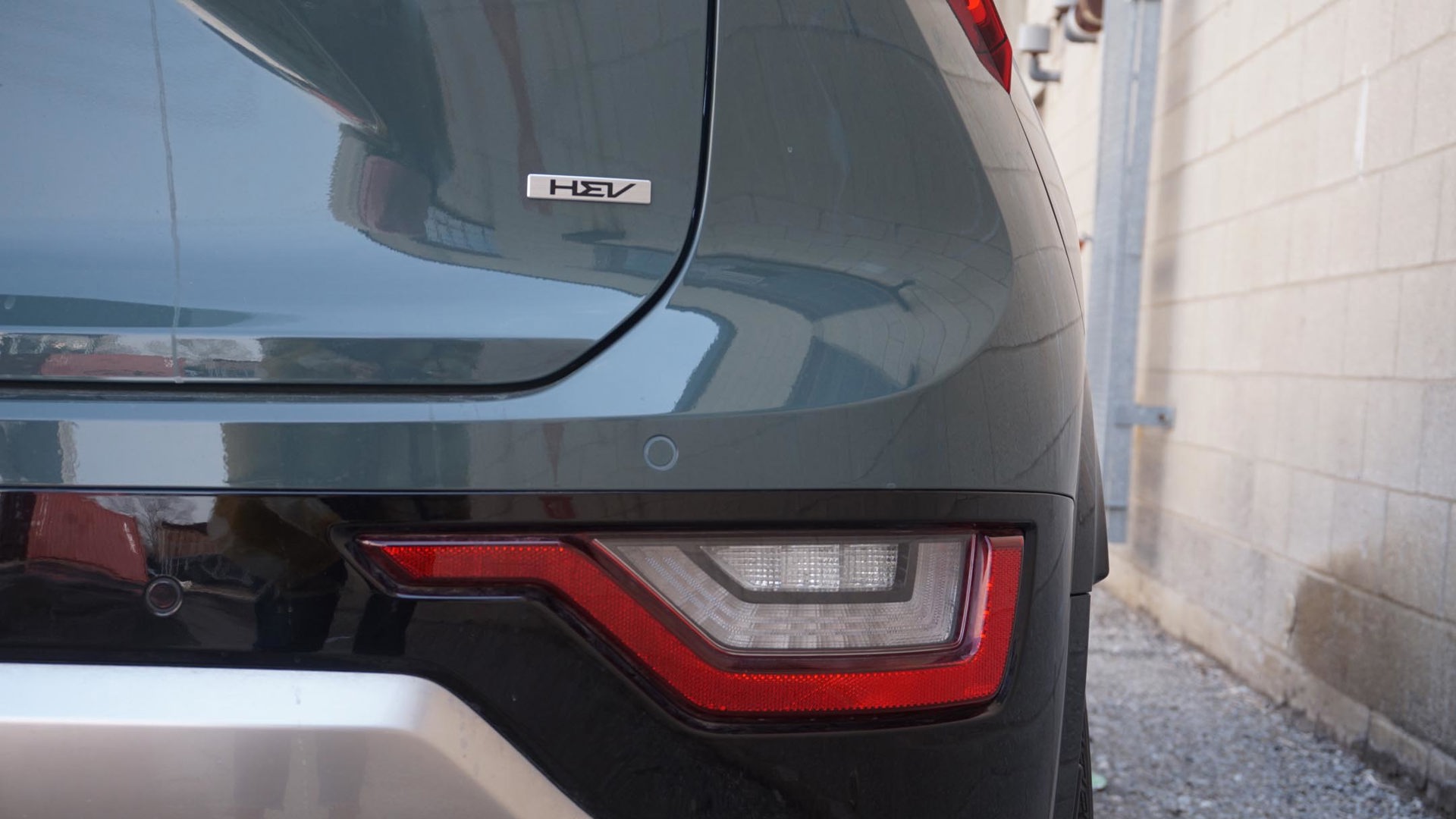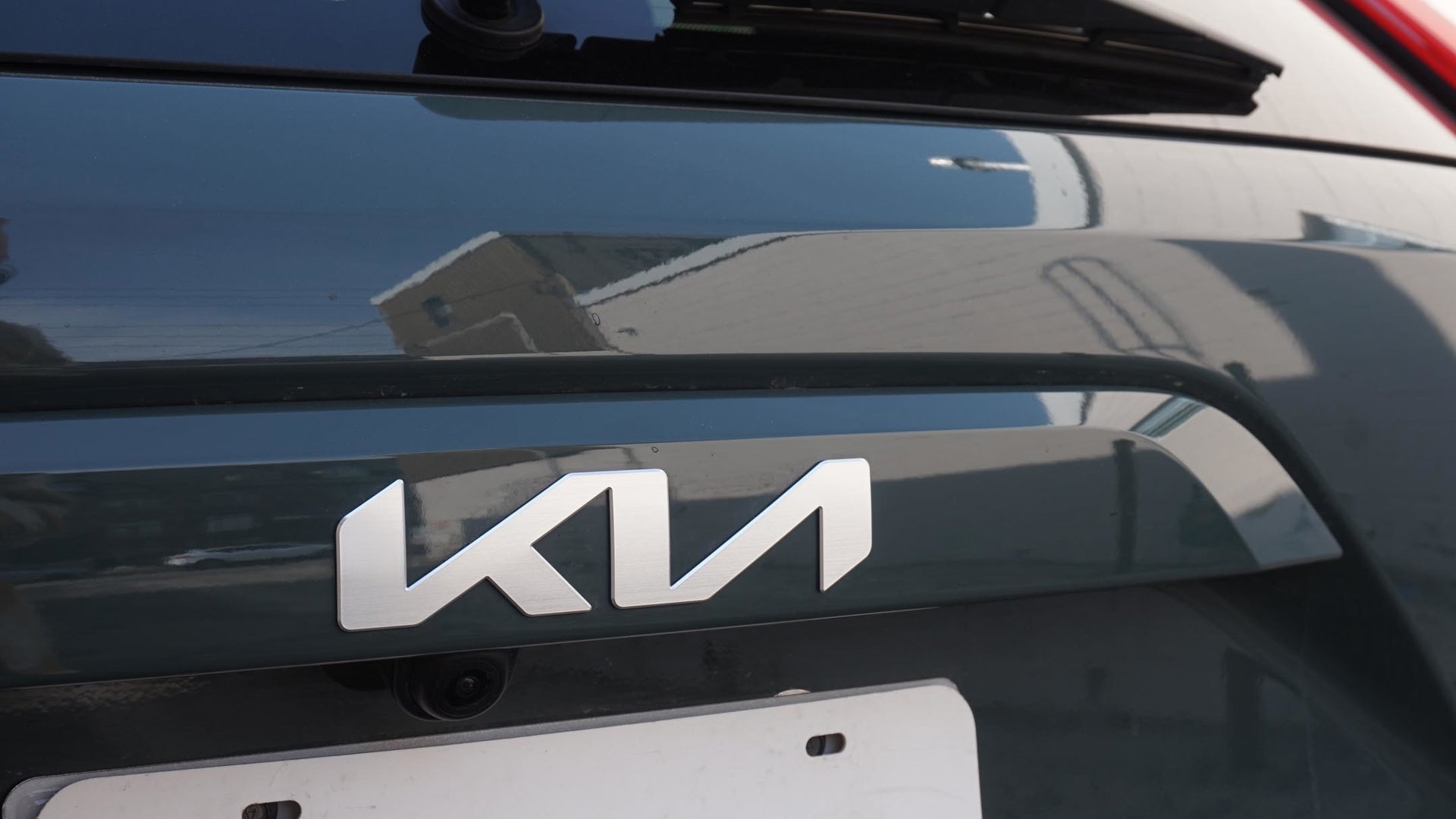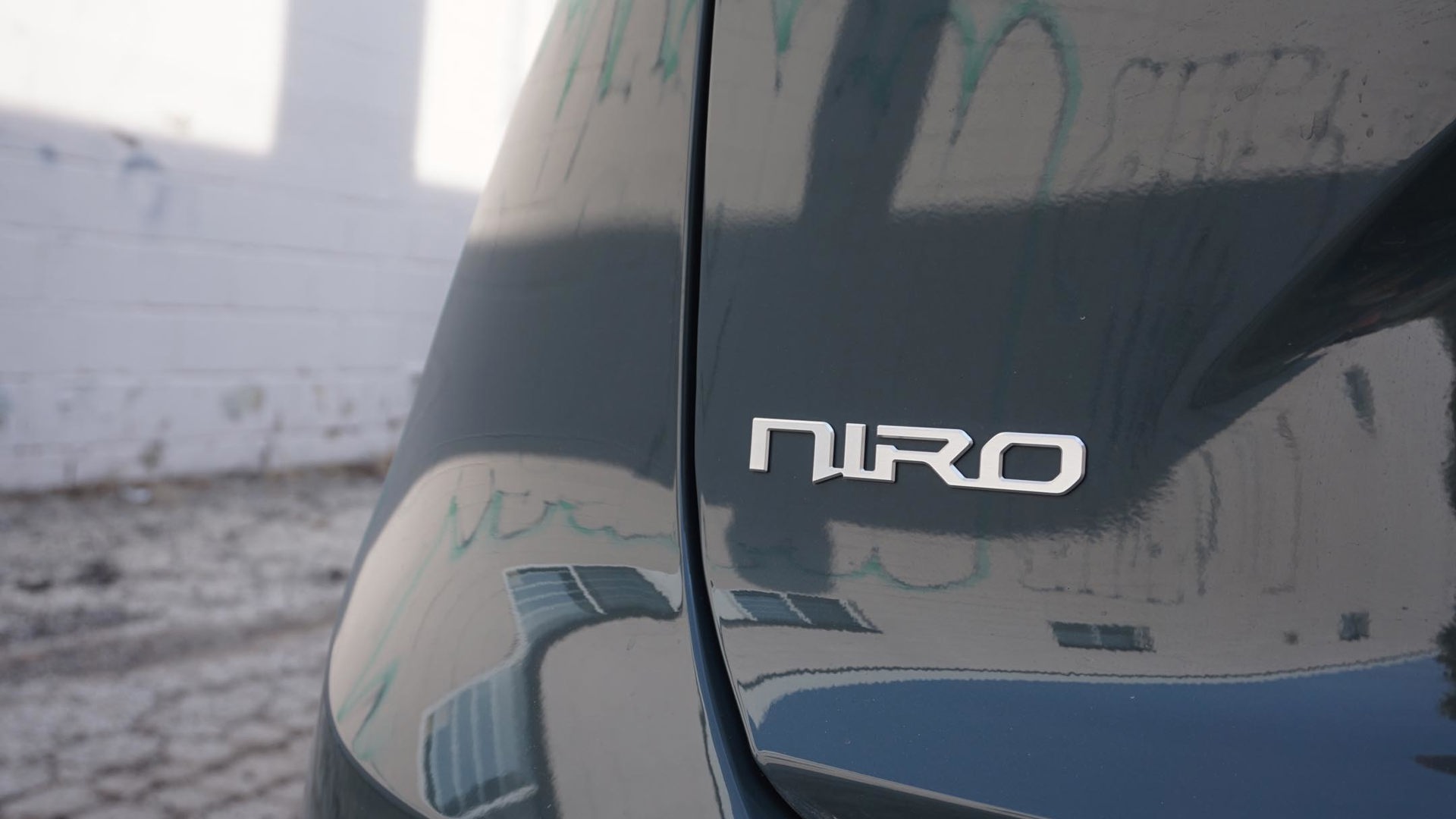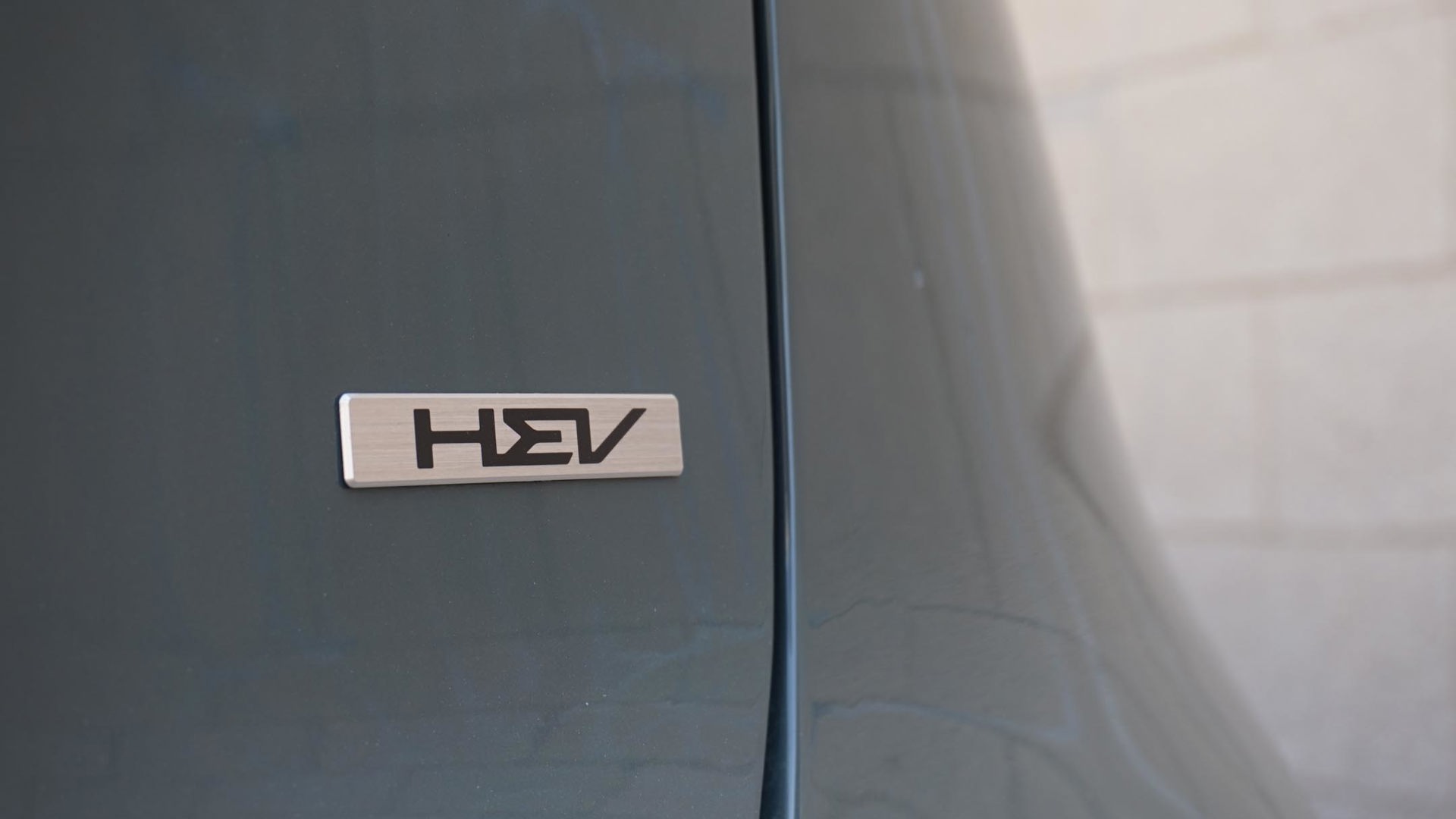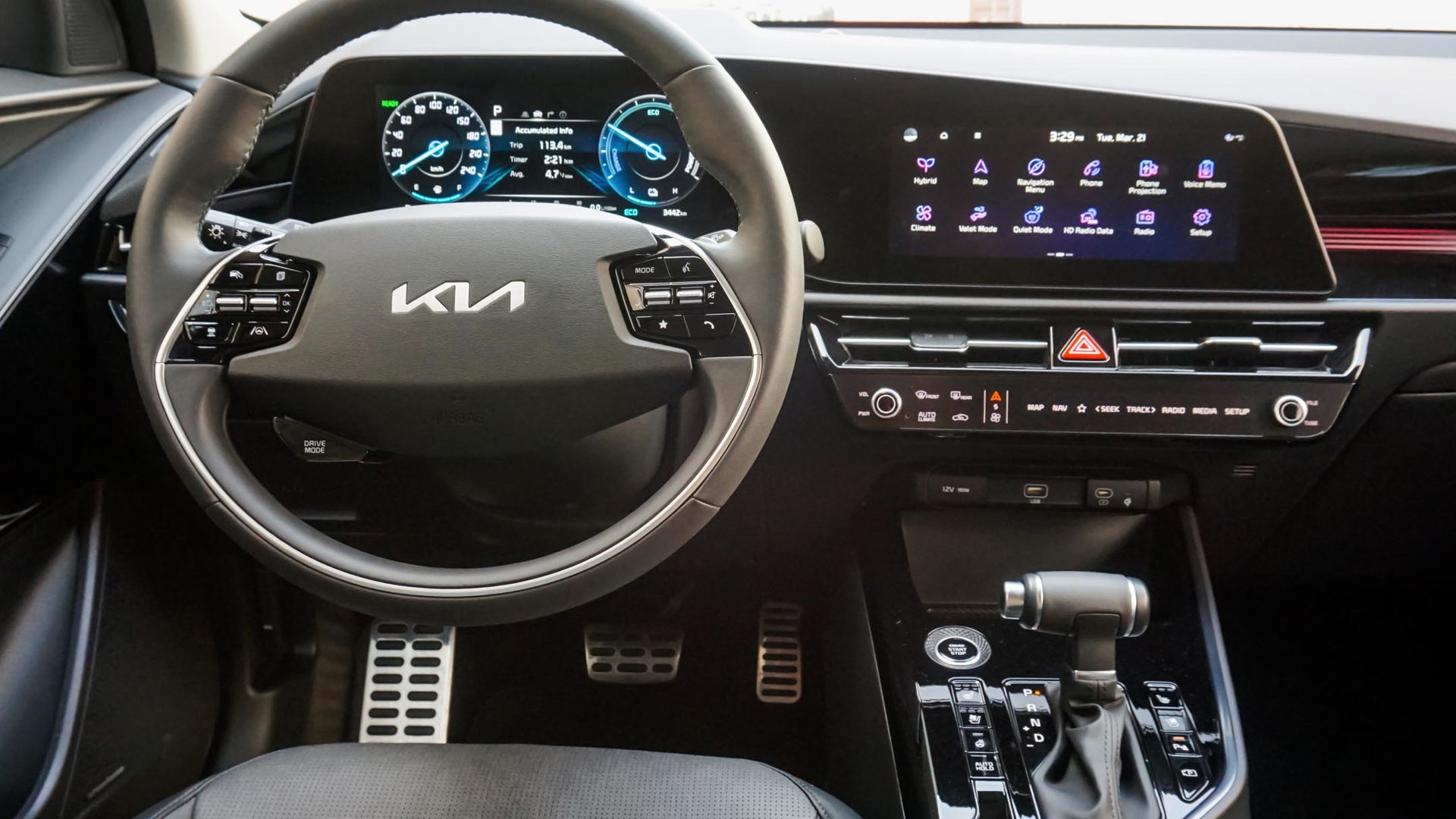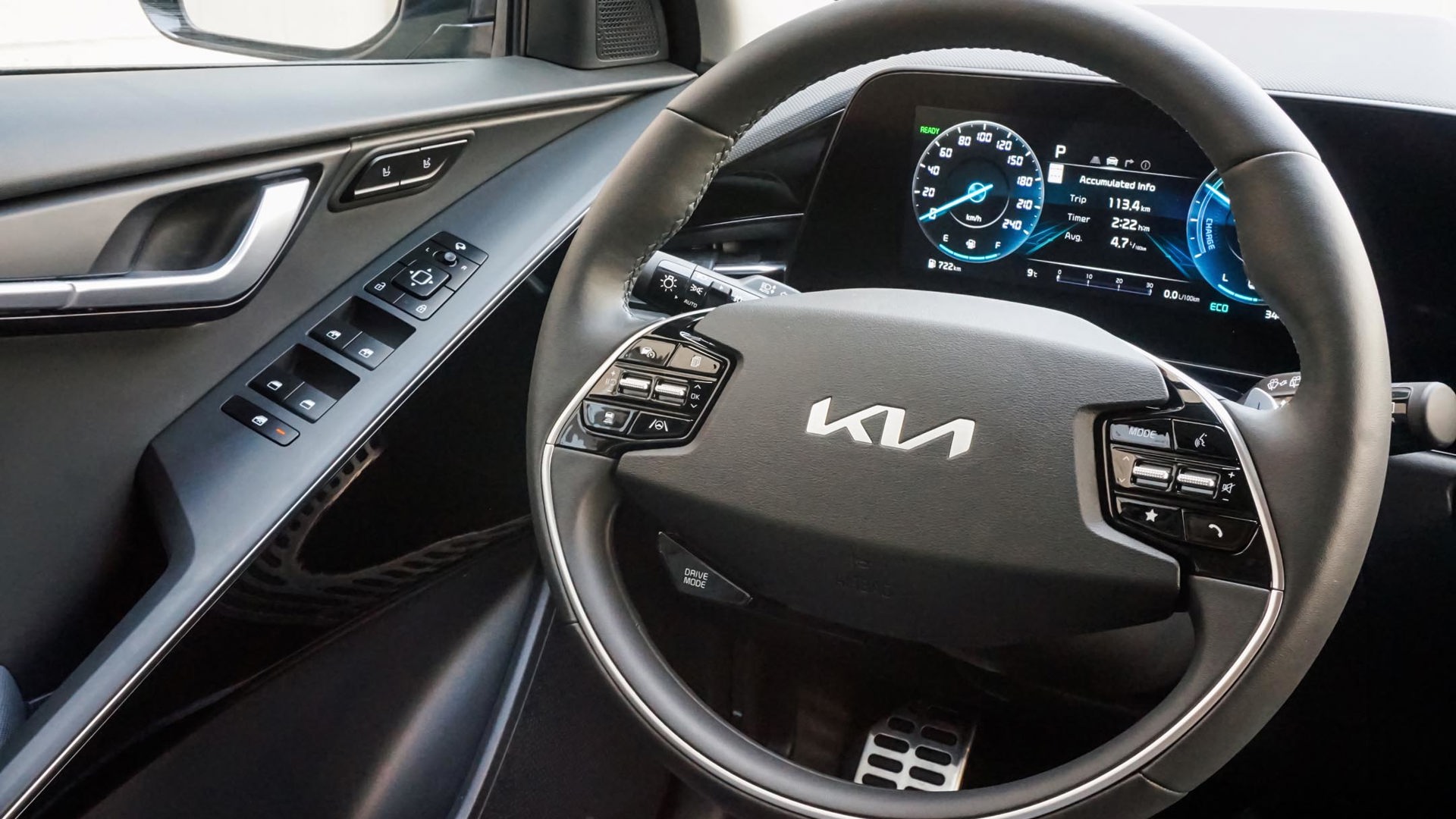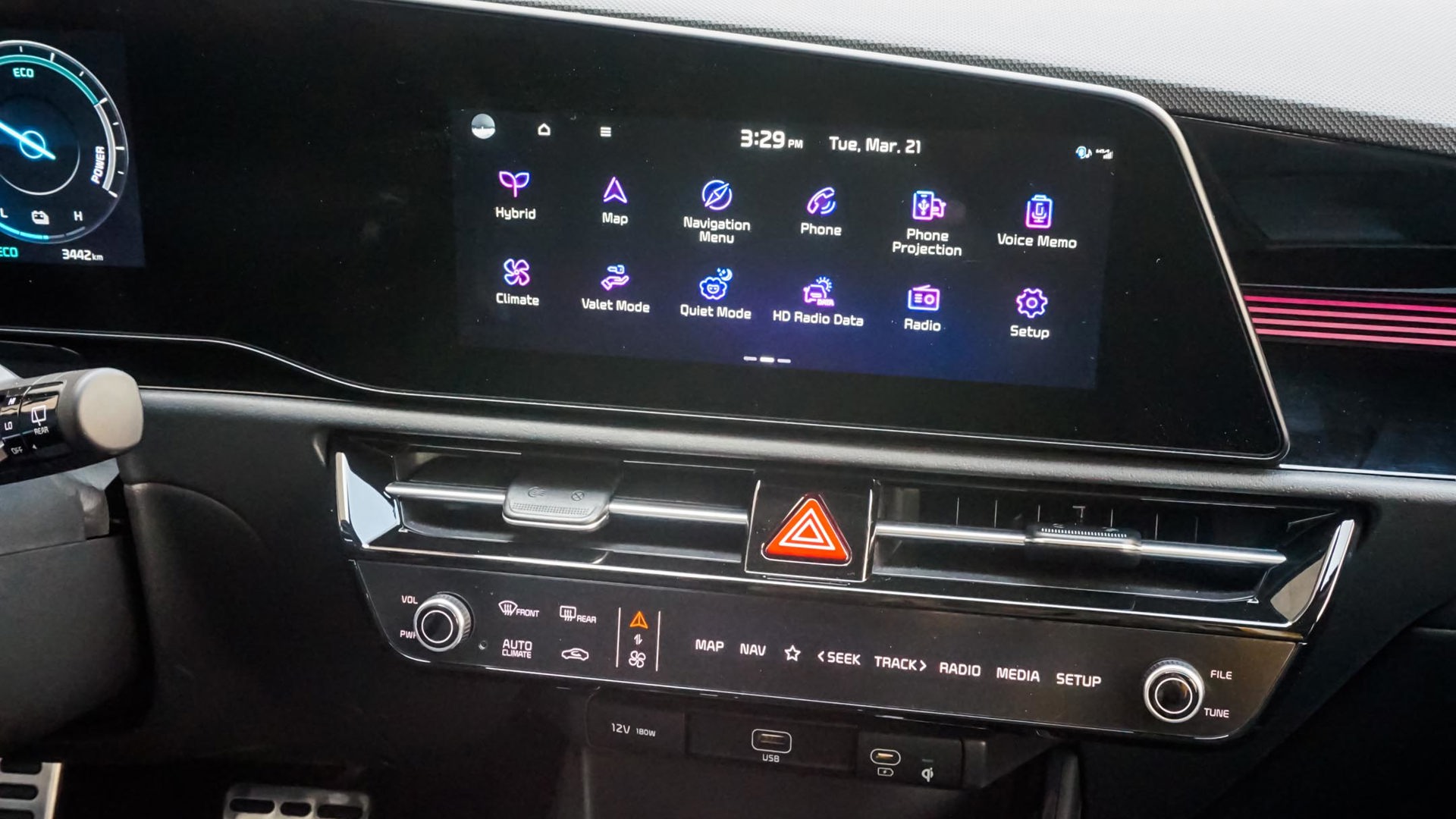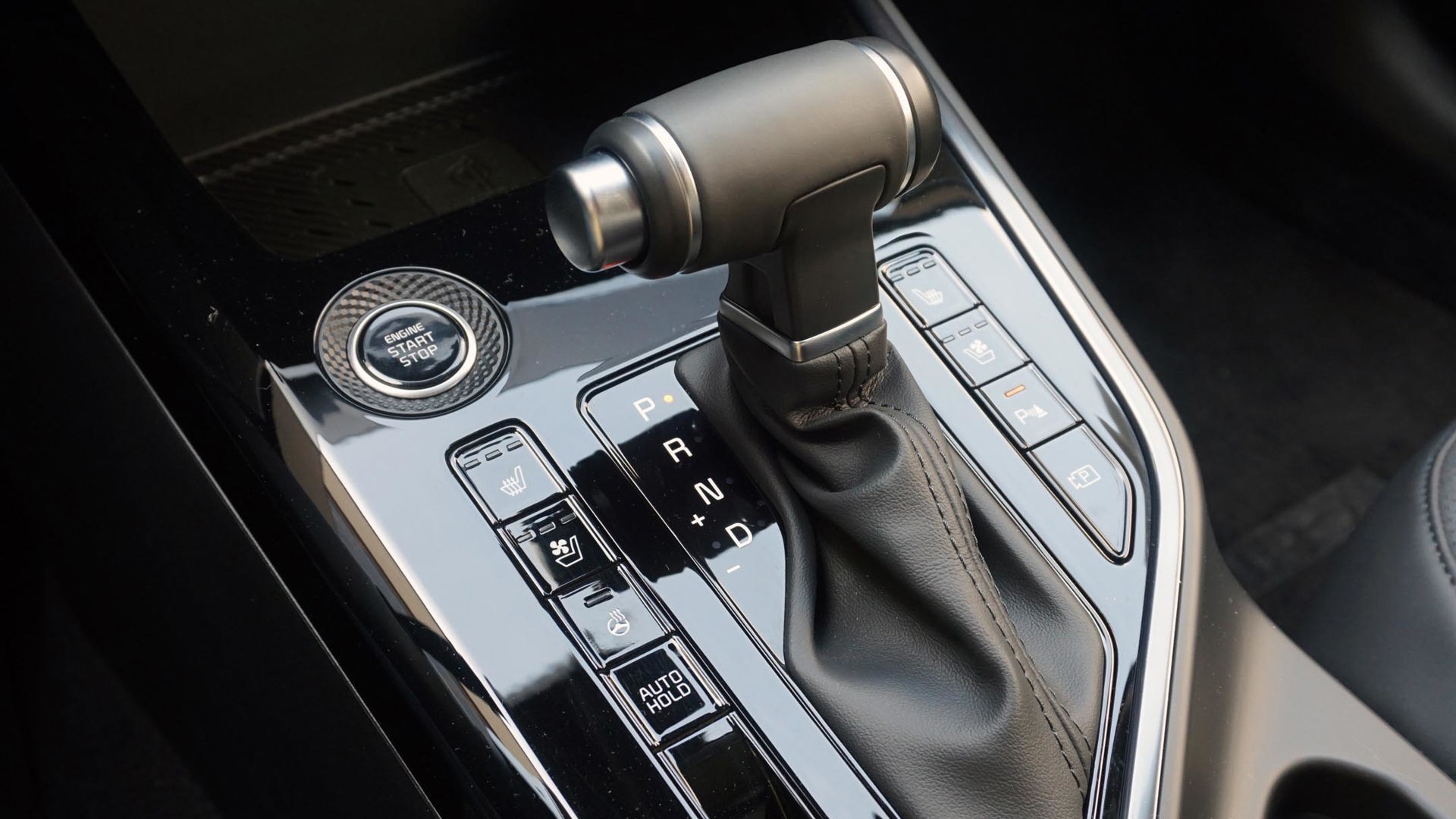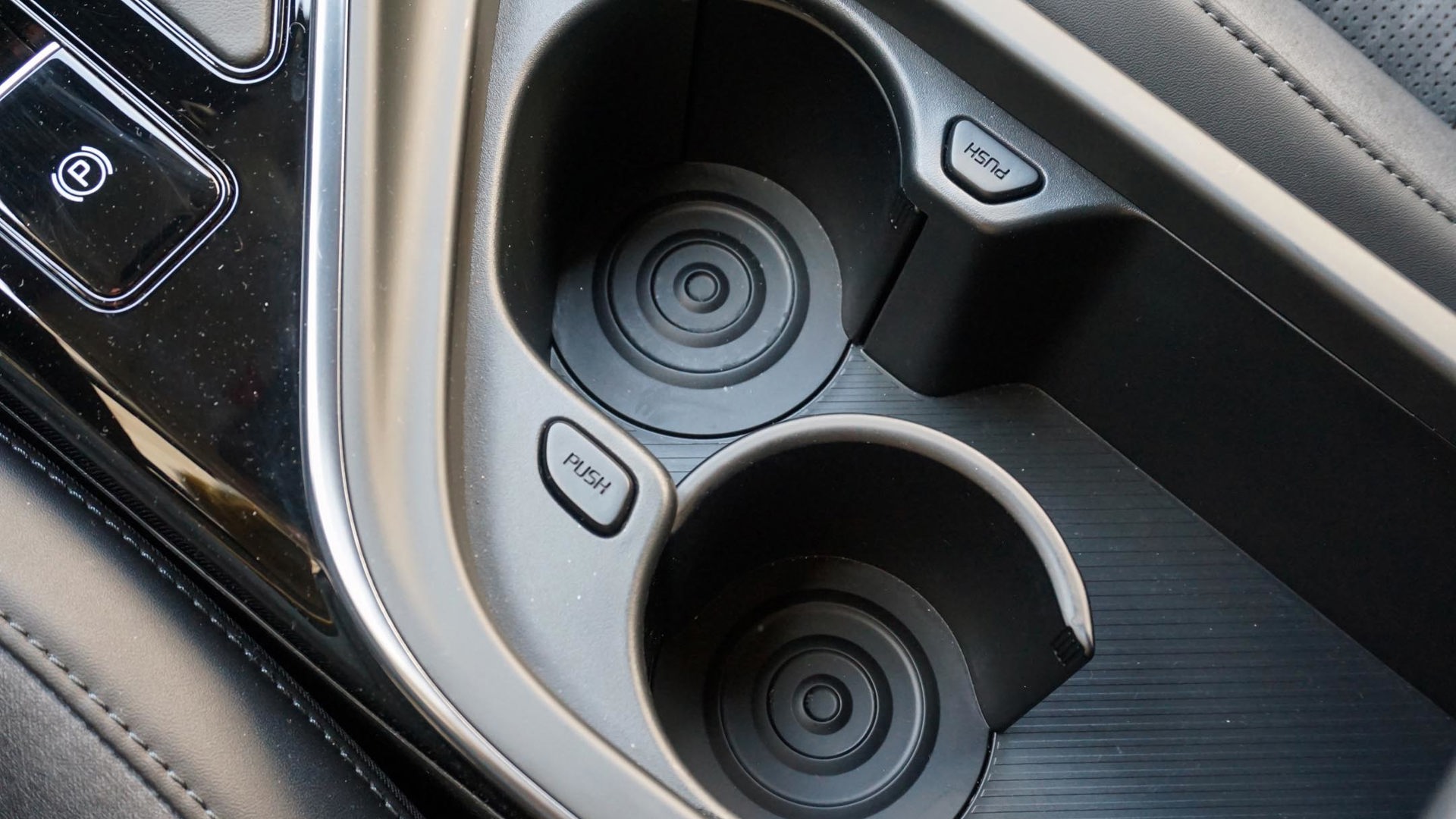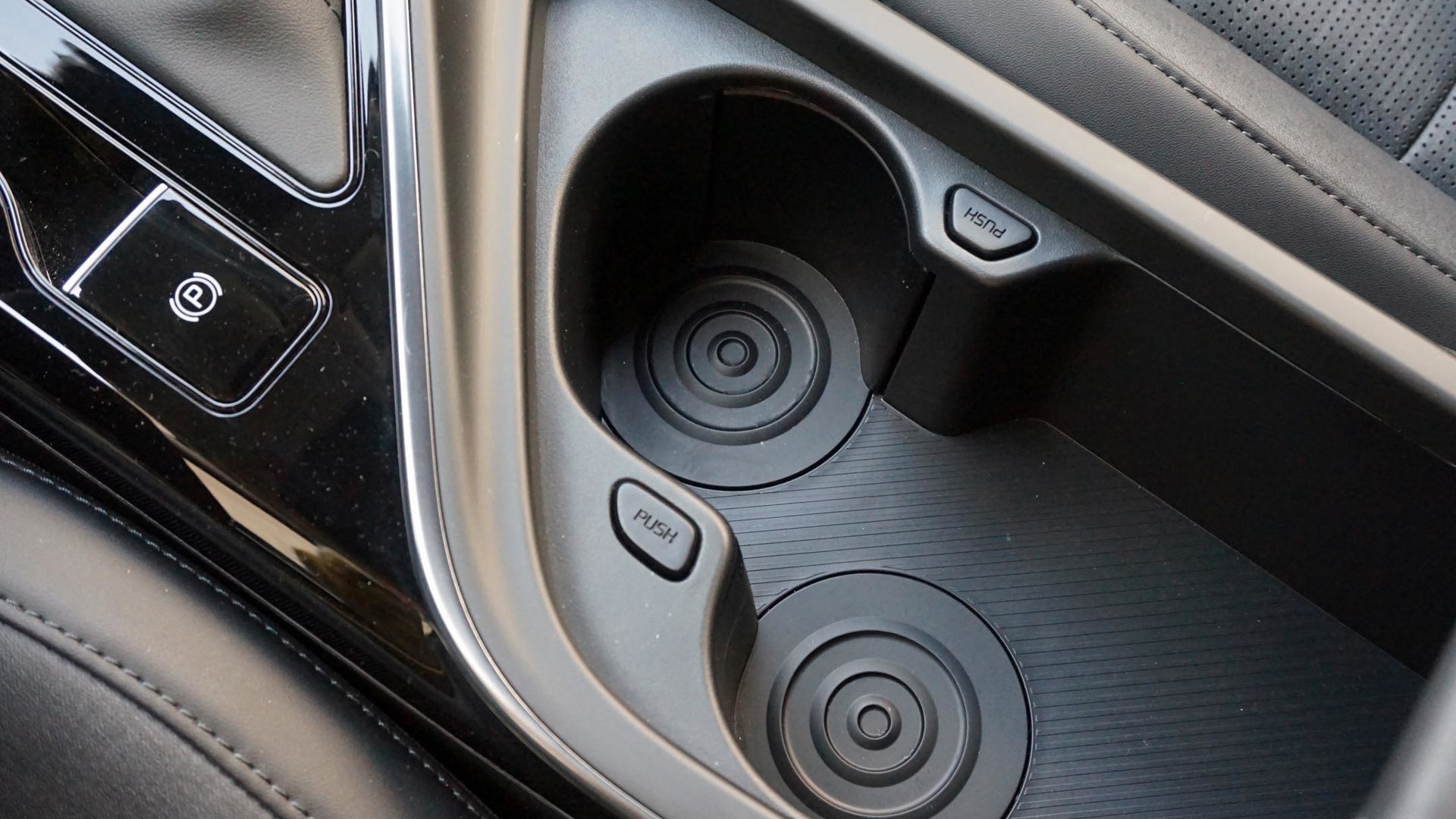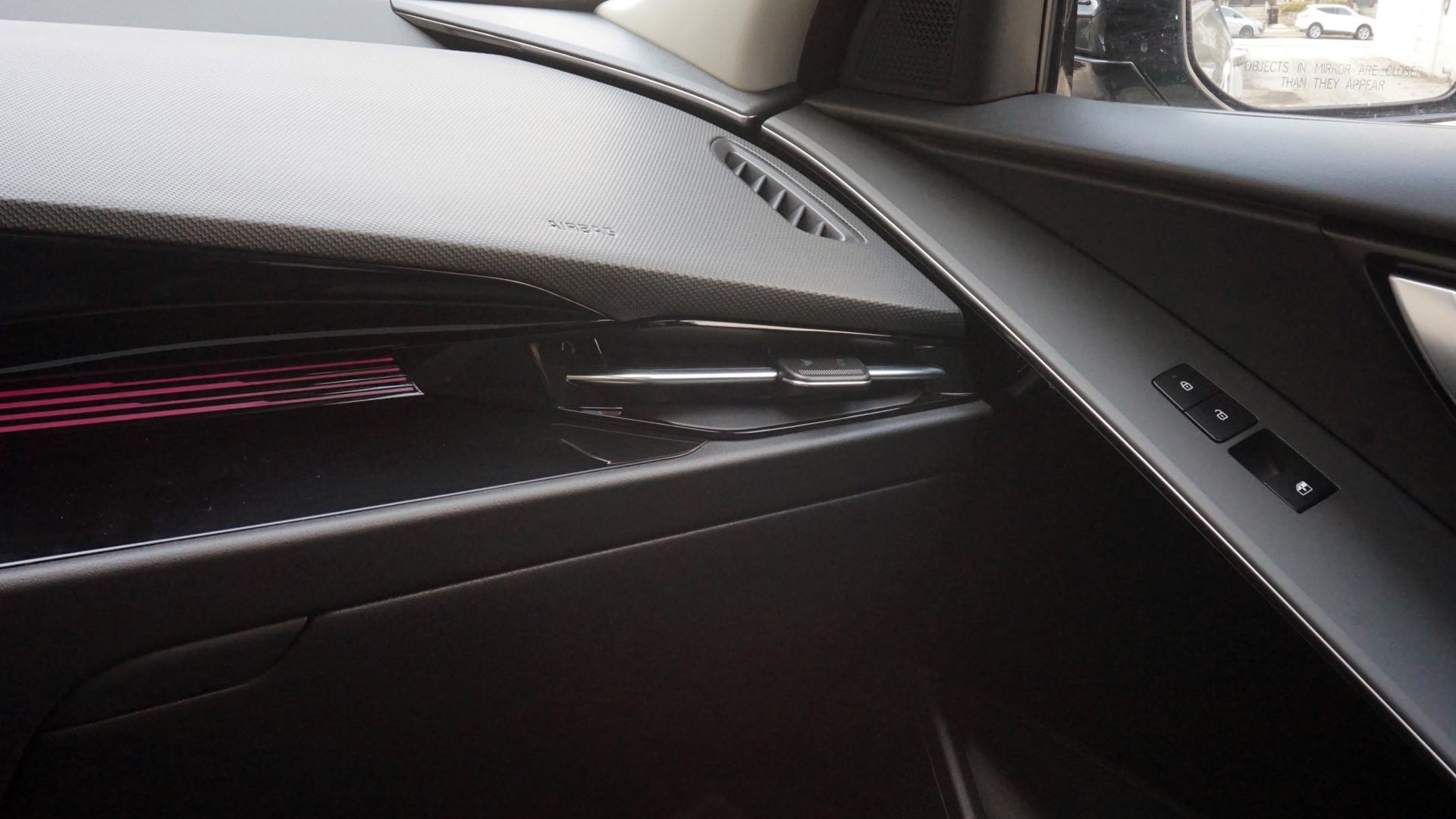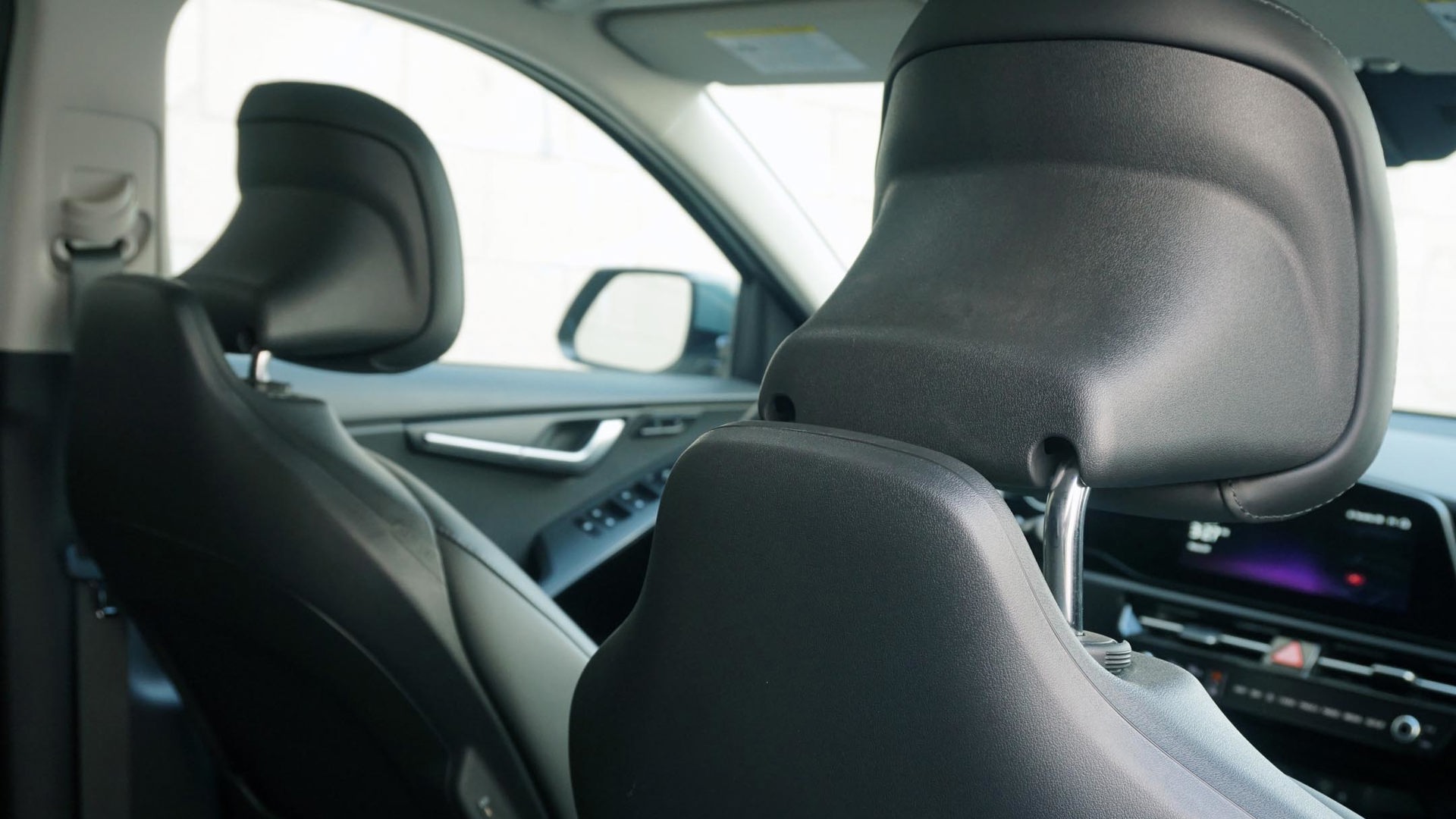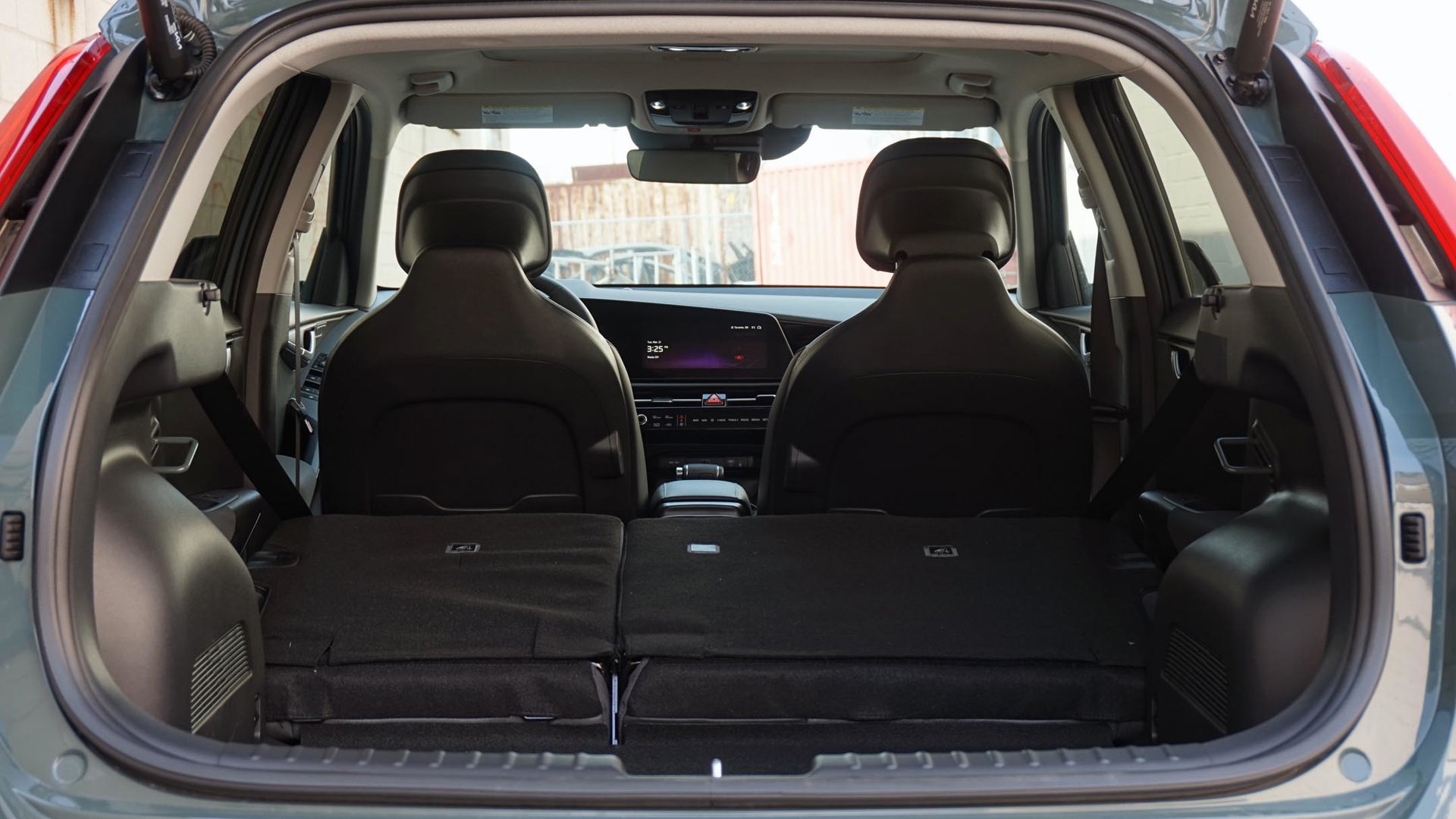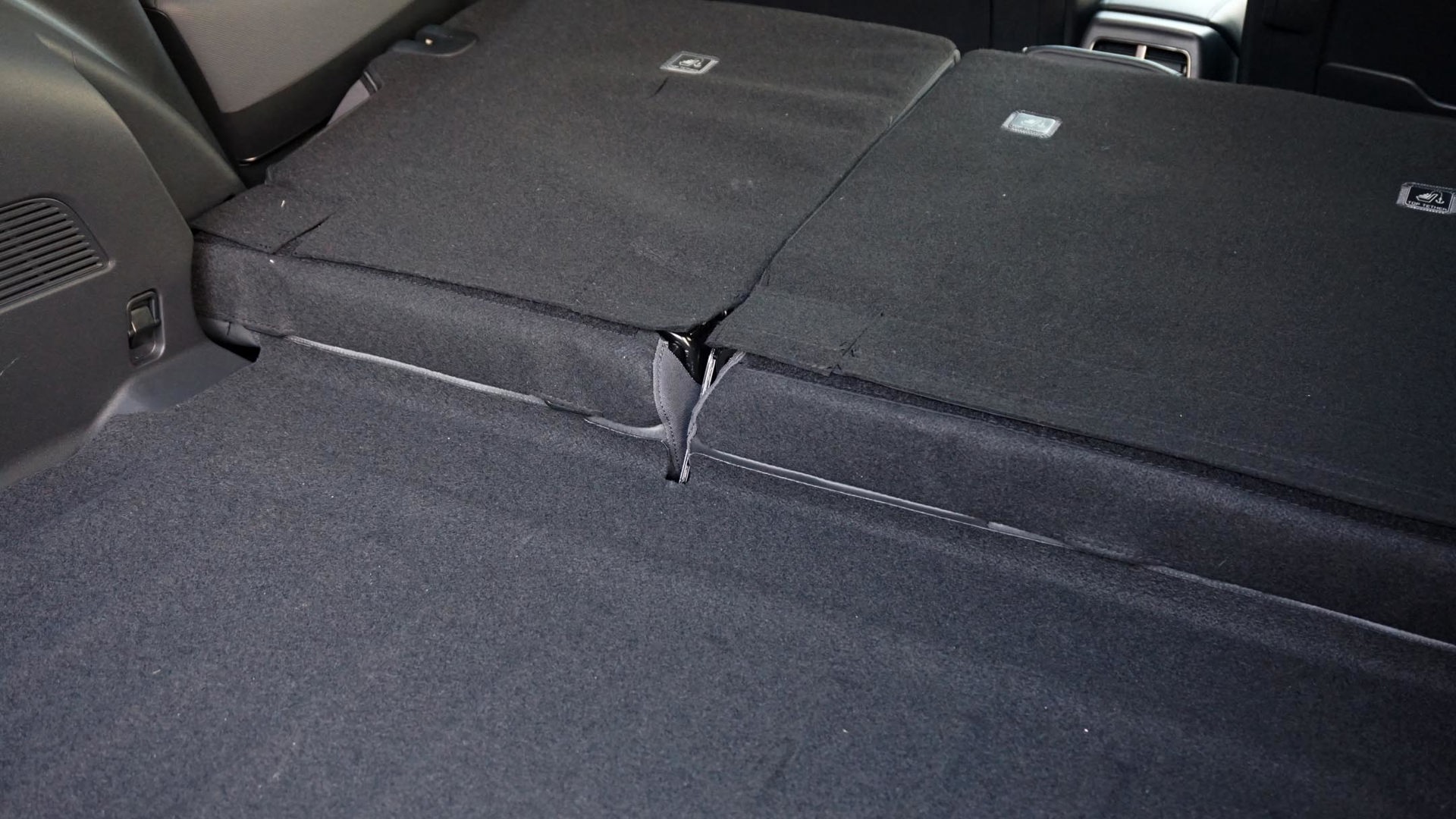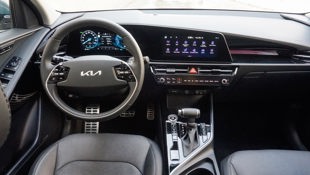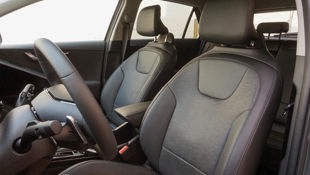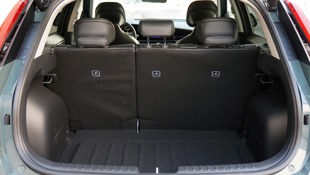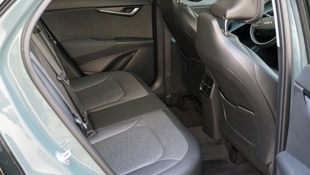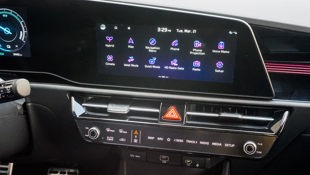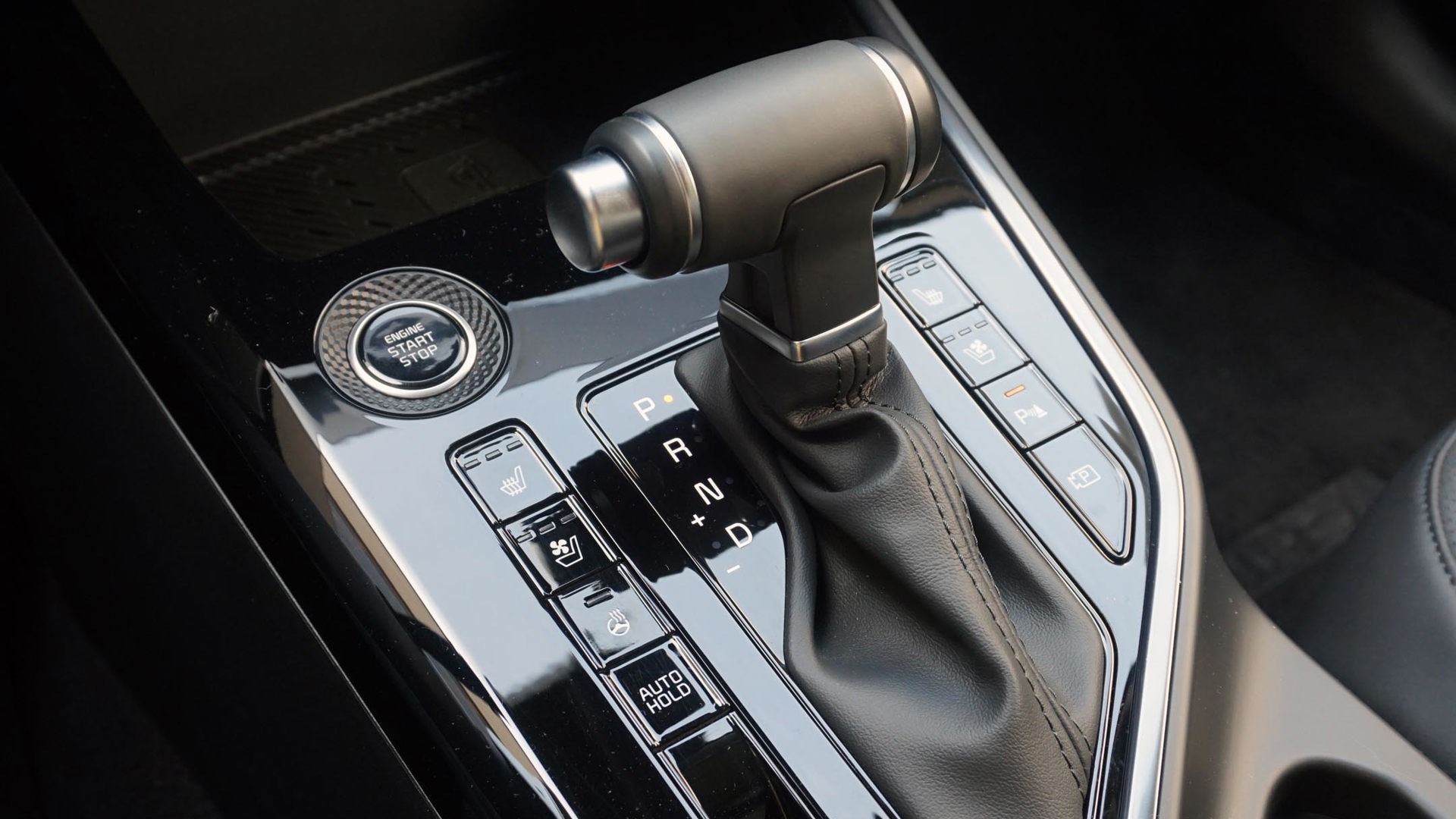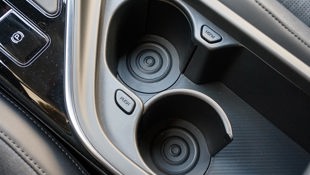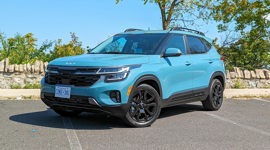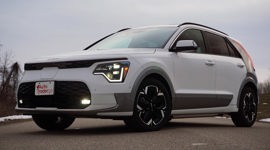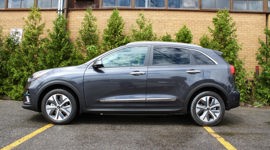 AutoTrader SCORE
AutoTrader SCORE
-
STYLING9/10
-
Safety9/10
-
PRACTICALITY9/10
-
USER-FRIENDLINESS9/10
-
FEATURES8/10
-
POWER7/10
-
COMFORT8/10
-
DRIVING FEEL7/10
-
FUEL ECONOMY10/10
-
VALUE9/10
The Kia Niro lineup has always been somewhat inconspicuous, but a sharp new style should help it stand out to Canadians seeking more efficient vehicles.
Still available as a conventional hybrid, a plug-in hybrid (PHEV), and a fully electric vehicle (EV), it was redesigned to deliver the efficiency and practicality we’ve always loved, only now it’s stylish, too. The 2023 Kia Niro is now more compelling than ever, especially as a hybrid.
Style: 9/10
The previous Niro had no style and looked like a cross between a shapeless hatchback and a non-descript SUV. Remember the Ford Flex? Was it a wagon, an SUV, or a minivan? Nobody knew, and industry insiders speculated that this confusion contributed to the vehicle’s eventual demise. I’ve always felt this way about the Niro, but that all changes this time.
While the proportions of the new one aren’t too drastically different, the more pronounced SUV styling with the roof rails and contrast wheel arches might make it easier for people to classify. But beyond that, its new style also helps it stand out and gives it a cool factor it didn’t have before.
The new Niro looks sharp with futuristic lighting elements, fun wheel designs, and the optional contrasting aero blade on the rear quarter panel. This aero blade has a purpose beyond just looking cool – it was designed to increase aerodynamic efficiency.
The cabin design uses sharp angles to keep the eye moving and create interest. The design looks futuristic without being so wild it becomes daunting, striking an outstanding balance of style and practicality. I wish there wasn’t so much glossy black plastic used, because it collects dust and smudges quickly, but that’s my only complaint.
Fuel Economy: 10/10
The conventional hybrid version of the 2023 Kia Niro has official fuel economy ratings of 4.5 L/100 km in the city, 5.2 on the highway, and 4.8 combined. After 400 km of mixed testing, it returned an average of 5.0 L/100 km without even trying. Some city drives showed only 4.4 L/100 km of fuel was being consumed. Besides driving in eco mode most of the time, I wasn’t going out of my way to achieve such stellar fuel economy, so with more effort, some drivers could achieve even thriftier results.
The Niro Hybrid turns off the gas engine and runs on battery power when coasting (even on the highway), in low-speed situations like parking, and when stopped at a light without driver intervention. The battery charges using regenerative braking and the gas engine, which means you can’t plug it in, adding to its convenience. This ease of driving efficiently is one of the Niro’s greatest strengths, as drivers can get decent fuel savings without changing their lifestyle.
User-Friendliness: 9/10
The Kia Niro makes it incredibly foolproof to get excellent fuel economy, and there’s barely any learning curve. Even the old-school T-style gear selector is familiar and appreciated. The touchscreen is easy to operate, the menus make logical sense, and most buttons and controls are where you expect them to be.
The only usability issue is the touch panel below the vents that toggles between controls for the climate and for media. It looks like a cool feature because it reduces clutter and feels futuristic, but it adds an extra and unnecessary tap to get something done that should not require a driver to take their eyes off the road.
Practicality: 9/10
The Kia Niro can hold 647 L of cargo in the deep trunk and 1,804 L with the 60/40 back seats folded down. Unfortunately, the seats don’t fold to create a flat load floor, so there’s a big hump that prevents cargo from sliding in easily. Elsewhere, practicality is one of the Niro’s strong suits. The seat backs have integrated bag hangers, the cupholders are retractable so the bin can hold larger items when the cup holders aren’t in use, and there are many places for small items to go.
Features: 8/10
The topline Niro SX model tested has all the tech expected, including a head-up display, USB charging ports in both rows, Android Auto and Apple CarPlay (they require wired connections), a wireless phone charger, and more. There’s nothing to get too excited about, but the Niro isn’t missing any features I’d expect at this price point except for wireless smartphone integration.
Safety: 9/10
The base Niro LX comes standard with forward collision warning and automatic emergency braking, blind-spot monitoring with rear cross-traffic alert, lane-keep assist, and rear seat occupant alert. The next trim adds adaptive cruise control with stop and go functionality, rear parking sensors, a junction turn assist that can warn of oncoming traffic when making a left, and Kia’s highway drive assist system that combines adaptive cruise control with steering assistance. The only safety feature the topline SX model adds is front parking sensors, so it’s nice to see that most safety features are included in lower trim levels.
Comfort: 8/10
The Niro has ample head- and legroom, particularly in the back. The seats are better than in some other Kias but could be softer and more comfortable. Even the base Niro has heated front seats, but the next model adds a heated steering wheel as well. The topline SX model tested adds ventilated front seats, driver-side lumbar support, power driver and passenger seats, and more.
Power: 7.5/10
A 1.6L four-cylinder engine powers the hybrid version of the Kia Niro, and combined with the electric system, the total output is 139 hp and 195 lb-ft of torque. While the Niro might look like an SUV, it’s only available with front-wheel drive.
Switching between gas and electric power isn’t as seamless as it feels in a Toyota hybrid, as the gas engine fires up with a noticeable gruffness. There are only two driving modes, eco and sport, but both feel slow. Passing a slower vehicle takes some patience and planning, but it’s not dire. Remember, efficiency is the goal here, not blazing sprint times.
Driving Feel: 7.5/10
There’s nothing remarkable about the way the Kia Niro drives, except that everything works. The car feels at ease in the city and while cruising, not bombing through backroads, but again, that’s not its purpose. It’s easy to manoeuvre, visibility is great, and the car is generally very unfussy. It just works, and that’s perfectly fine.
Some minor complaints are the roughness and noise of the gas engine, somewhat slow acceleration, numb steering, and the fact that it feels a bit unsettled over rough roads. None of those are deal-breakers in my books, mainly because it has many positive attributes that outweigh any negatives.
Value: 9/10
The hybrid Kia Niro starts at $29,995 plus the $2,449 freight fee. The topline SX model tested rings in at a reasonable $41,494 before tax, including fees. The Toyota Prius – which now comes standard with all-wheel drive – starts at $38,510 before tax.
The Verdict
The hybrid model is the one I’d pick out of the entire Niro lineup simply because it offers excellent efficiency without requiring any changes to a driver’s lifestyle. The 2023 Kia Niro is a well-rounded commuter car that offers practicality, easy efficiency, style, and value while being easy to live with daily.
| Engine Displacement | 1.6L |
|---|---|
| Engine Cylinders | I4 |
| Peak Horsepower | 139 hp |
| Peak Torque | 195 lb-ft |
| Fuel Economy | 4.5 / 5.2 / 4.8 L/100 km city/hwy/cmb |
| Cargo Space | 647 / 1,804 L seats up/down |
| Model Tested | 2023 Kia Niro Hybrid SX |
| Base Price | $38,695 |
| A/C Tax | $100 |
| Destination Fee | $2,449 |
| Price as Tested | $41,494 |
|
Optional Equipment
$250 – Cityscape Green paint w/black pillar, $250
|
|

